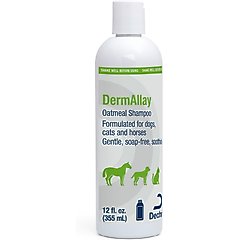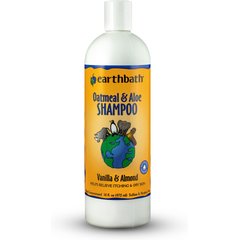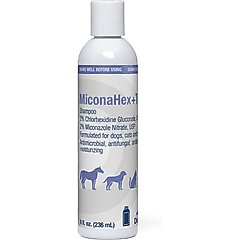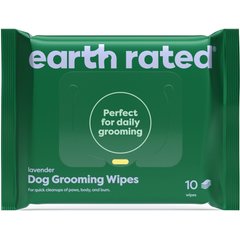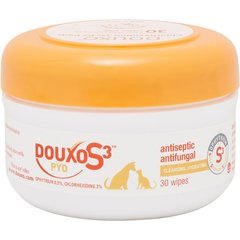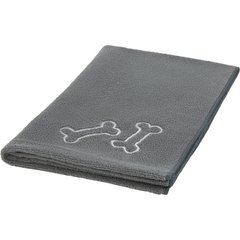Why Do My Dog’s Feet Smell Like Fritos? Is This Normal?
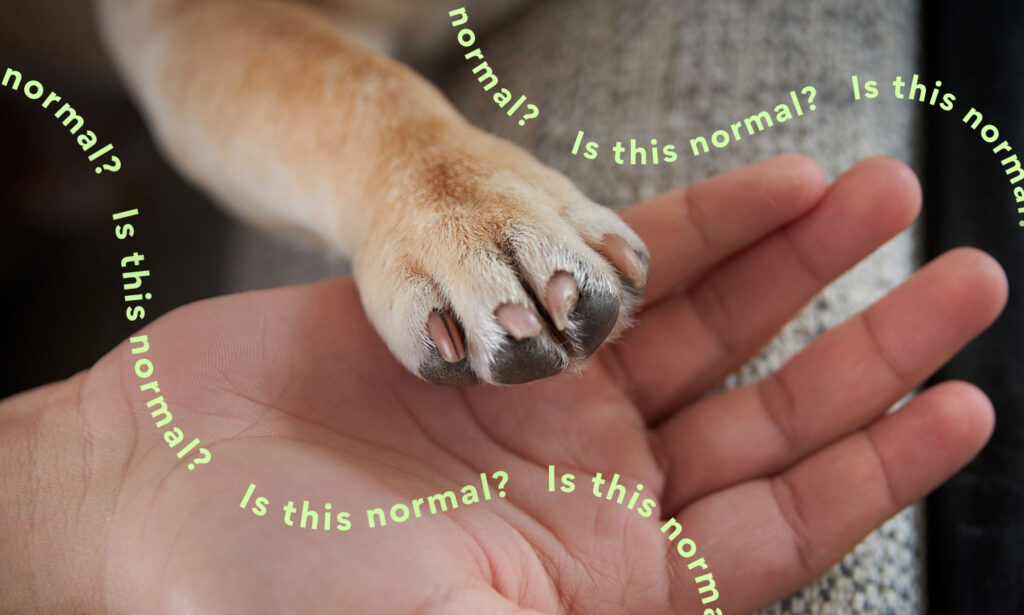
Photo by Chewy Studios
While snuggling with my dog, I caught a sudden whiff of corn chips. I found the Frito-like aroma was coming from my dog’s feet! Why do my dog’s paws smell like Fritos®? Is this normal?
Ah, you’ve discovered Frito feet—a common canine condition. Veterinarians say that it’s quite common for your pet’s paws to smell like corn chips, due to normal levels of various natural bacteria.
But if that Frito essence is accompanied by red, irritated paw pads or your dog often licks their feet, that may not be normal.
What Causes a Dog’s Feet To Smell Like Fritos
Canines are known for their many odors—but when your dog’s paws smell like Fritos, and no one opened a bag of corn chips (because surely your dog would have alerted you to the exciting sound of a plastic food bag opening), the Frito-feet scent can be puzzling.
Three culprits can cause or contribute to that corn chip smell. “Frito feet are a potpourri of bacteria, yeast, and, sometimes, sweat,” says Brian Collins, DVM, a veterinarian at the Cornell University Riney Canine Health Center, in Ithaca, New York.
Let’s break down this smelly trifecta.
Bacteria
Many types of bacteria, including Proteus, Pseudomonas, and Staphylococcus (commonly knowns as “staph”), live on the skin of healthy dogs and sometimes produce a sweet-smelling odor.
“Just like us, dogs are covered in bacteria,” says Heather Edginton, DVM, an assistant professor of dermatology at the Cornell University College of Veterinary Medicine, also in Ithaca, New York. “They’re part of the normal flora—or the microbiome is the buzzword these days.”
Yeast
Like bacteria, yeast microorganisms also live on a dog’s skin and can cause that corn chip smell. “We tend to find it in locations like on the feet and in the ears,” Dr. Collins says.
Sweat
Dogs only have sweat glands in their nose and paws. If excess moisture gets trapped between their paw pads, it can enable a bit of a (normal) microorganism breeding ground.
“If the dog’s feet are sweaty or the sweat glands are more active for some reason, like it’s really hot out or if the dog is stressed, you have a combination of a dark, warm, moist environment with bacteria and yeast just waiting for their opportunity to grow,” Dr. Collins says.
Most of the time, bacteria and yeast with a side order of moisture may all live harmoniously on your pup’s paws, but it’s possible your dog can develop an overgrowth or buildup that causes health issues.
When To Call the Vet
If your dog’s feet smell becomes more powerful or putrid, that’s a red flag for pet parents. You want to make sure your dog’s paws aren’t infected.
“Once it’s like a rancid smell or if their paws smelled one way most of their life and then you’re noticing a change in the smell, I would encourage a vet visit,” Dr. Edginton says.
You’ll also want to contact your veterinarian if you see any of these potential signs:
- Excessive licking
- Redness on the paw pads or between toes
- Paws that are sensitive to touch
- Hair loss near the paw pads or anywhere on the dog’s foot
- Skin lesions or bumps
- Broken or infected-looking toenails
- Limping or favoring a paw or paws
“Usually, people notice the licking,” Dr. Collins says. “It might be when they’re trying to sleep, and they just hear the dog go, ‘Lap, lap, lap.’ Lapping their feet. Then they’ll look at the dog’s foot, and it’s all wet and red.”
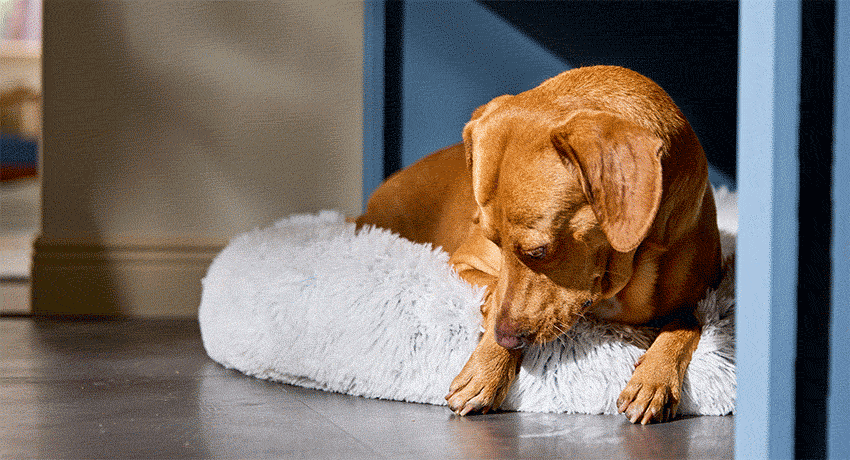
Chewy Studios
Your veterinarian can check if your dog might have a bacterial infection, yeast infection, or fungal infection—and treat that or an underlying cause, like allergies.
Should You Get Rid of the Corn Chip Smell?
If you’ve had a wellness visit with your veterinarian and your pooch doesn’t have an infection or a dog health issue, experts say: If their paws ain’t broke, don’t fix ’em.
“If it’s just a smell, and that’s the only thing that’s going on, I would not do anything; I would just leave the dog alone,” Dr. Edginton says.
That’s because you don’t want to disrupt the balance of the normal types of bacteria that are supposed to live on your dog’s skin.
“When you start to disturb it, and you get an overabundance of one type of bacteria, that starts to cause problems,” Dr. Edginton says. “If you start doing things like messing with the skin’s pH by applying products, you could create problems where you didn’t really have one before.”
Dog Frito-Feet Treatment
Dr. Edginton and Dr. Collins say there’s usually no treatment needed for just plain ole Frito feet.
“It would not typically be our goal to get rid of the corn chip smell unless, for some reason, it was offensive to the owner, in which case some regular grooming might help kind of mask the smell a little bit,” Dr. Collins says.
The goal with grooming, though, is not to irritate your dog’s skin or paw pads.
Regular Baths
One option is to give your dog regular baths. Every pup has different bathing needs. Talk to your veterinarian about what bathing frequency—which can range from once or twice a week, especially for dogs with allergies, to once every few weeks—and dog-safe products they recommend.
“If your dog is healthy and you are using a full body [dog] shampoo, you can use something soothing and moisturizing, such as an over-the-counter oatmeal shampoo,” Dr. Edginton says.
“Shampoos can also be used between a dog’s toes, but be sure you rinse well afterward,” she adds.
Recommended Products
If your dog’s paws are infected, your vet may recommend that you rinse their feet with water regularly after daily walks and use an over-the-counter medicated shampoo, like MiconaHex+Triz® Shampoo for Dogs & Cats, for gentle foot baths to reduce the harmful overgrowth of bacteria and yeast.
Recommended Product
Wipes and Mousse
There are also waterless grooming products, like pet grooming wipes and different kinds of mousse, for quick touch-ups.
“I love mousse,” Dr. Collins says. “It comes out of the can like shaving cream. You just put it on, and there’s a residual effect. You don’t have to wash it off; it just dries. It works really well.”
Recommended Products
If your dog’s paws are infected, medicated wipes and no-rinse medicated antiseptic spray are great options if you are in a time crunch.
Recommended Product
Reducing Moisture in Paw Pads
Dr. Collins says if your dog swims often or the weather is rainy, hot, or humid, you can gently dry their feet with a soft towel to reduce the moisture between paw pads—an easy home remedy.
Recommended Products
Keeping the fur between their paw pads short might also help.
“If you have a dog that has long hair between the feet, you could trim it yourself, if you’re comfortable, or go to a groomer to have that done,” Dr. Collins says. “It will help cut down on debris and moisture, and the feet may be able to dry out better, which may contribute to reducing the odor as well.”
Don’t Fret About Fritos Corn Chip Feet
The next time you get a whiff of that canine corn chip smell, and your dog has no signs of infection or a pet health problem; you may consider embracing the essence—think of it as fragrance de Fritos.
“Who doesn’t love to sniff a good Frito foot?” Dr. Collins says. “As long as it’s a normal, healthy foot, just get your nose right in there and enjoy it!”
A smell that’s never great? Poop—which dogs may smell like if they roll in it.
This content was medically reviewed by Chewy vets.
